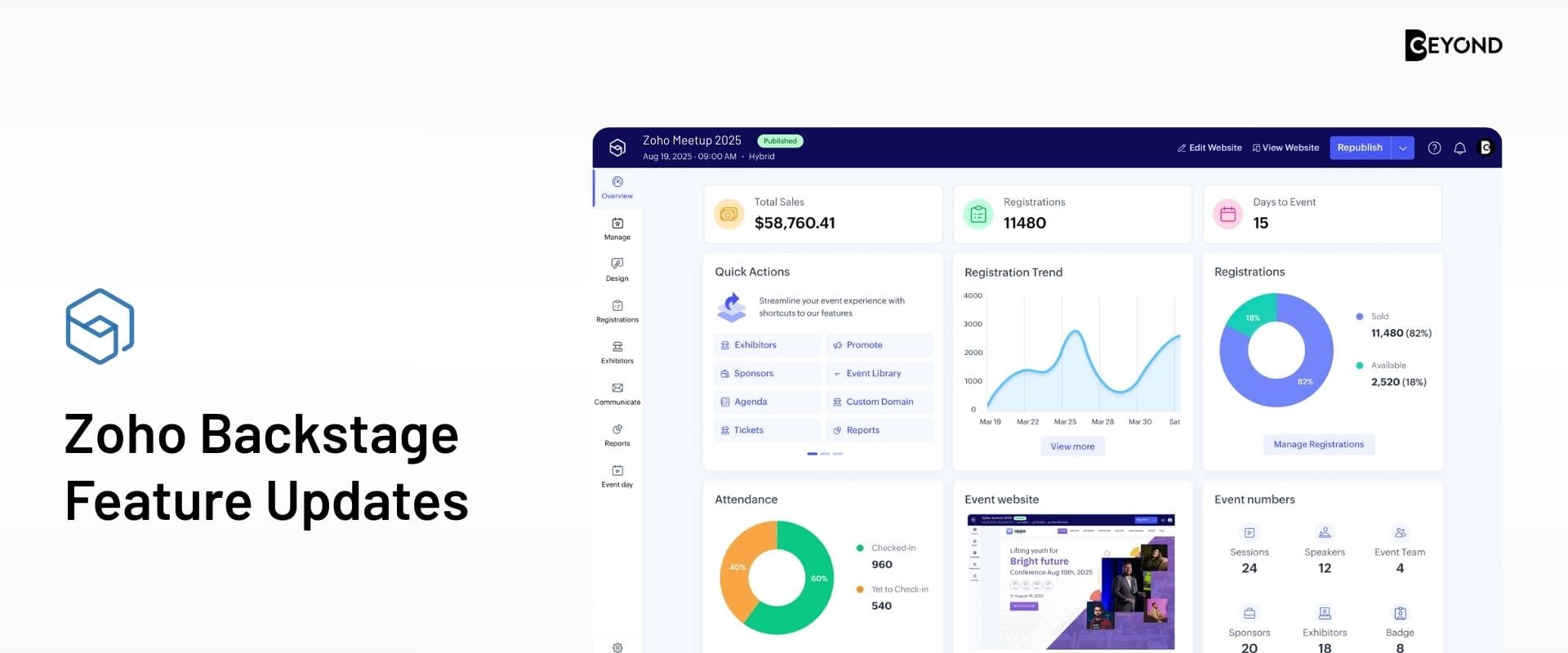In today’s business world, organizational structures are evolving rapidly. One of the emerging concepts is the implementation of flat hierarchies. But how do these flat organizational structures function in the age of digital transformation (DX)? This article explores the evolution of corporate culture and how flat hierarchies can be optimized in the face of increasing demands for agility, transparency, and data democratization.
1. The Birth of Flat Hierarchies
In recent years, corporate culture has undergone significant changes. Once-dominant vertical management structures are increasingly giving way to flat hierarchies. But what led to this shift?
The Era of Steve Jobs and Apple
In 2010, Steve Jobs referred to Apple as the “world’s largest startup.” This term highlighted Apple’s shift away from a vertical management structure towards a collaborative, team-based network that we now recognize as a flat hierarchy. Jobs demonstrated that flatness is not only successful but also scalable.
The Driving Force of Digital Transformation
Digital transformation accelerated this shift by exposing organizational challenges that traditional management struggled to address, such as slow adaptability, significant knowledge gaps, and employees’ desire for greater meaning in their work.
Agile Methods and New Organizational Structures
Methods like Scrum, Agile, and Lean aim to maximize efficiency by promoting the collaborative framework of flat hierarchies. New organizational structures, such as the holocratic model popularized by Zappos, have gained traction, ultimately displacing vertical hierarchies.

2. The Challenges of Flat Hierarchies
Despite their advantages, flat hierarchies also come with challenges. In the age of digital transformation, new issues arise that need to be addressed to fully realize the potential of this organizational structure.
Challenge: Burnout Among Leaders
The responsibilities that leaders in a flat hierarchy bear are immense. They must handle multiple tasks simultaneously, which can lead to burnout. This increases turnover rates and complicates the onboarding of new employees.
Solution: Prioritization of Grassroots-Level Feedback Systems
Feedback is crucial in preventing burnout among leaders. Self-assessments and 360° feedback are essential for gaining qualitative insights and finding solutions to optimize workflows.
3. Process Uncertainty and Slow Decision-Making
Flat hierarchies encourage collaboration and facilitate decision-making at the team level. However, managers often waste time on ineffective decision processes, which significantly impacts overall efficiency.
Challenge: Process Uncertainty and Slow Decision-Making
In many organizations, managers waste valuable time in inefficient decision-making processes, leading to significant opportunity costs and frustration.
Solution: Decentralized Leadership, Centralized Data
To tackle this challenge, companies need to promote data centralization. By implementing multi-cloud systems and providing data literacy training, they can maintain a culture of collaboration and efficiency.
4. Damaged DEIB and Talent Acquisition Efforts
A flat hierarchy can impact equal opportunities and talent acquisition. Organizations must ensure that their DEIB efforts are delivering the desired results.
Challenge: Damaged DEIB and Talent Acquisition Efforts
In flat hierarchies, there is a higher risk of dissatisfaction and turnover if the outcomes of DEIB initiatives do not meet expectations.
Solution: Identifying and Acting on the Right DEIB Metrics
To ensure DEIB effectiveness, companies need to use the right metrics. These should be based on the underlying processes, not just the outcomes.

5. Systemic Solutions for Systemic Challenges
In the age of digital transformation, companies will succeed by leveraging transparent data usage and fostering an agile organizational culture. The future of corporate culture requires continuous adaptation to the evolving demands of digital transformation.
The Importance of Transparency and Data Accessibility
Transparency and data accessibility are crucial for the success of flat hierarchies. Data must be centralized and accessible to enable an agile organization.
The Path to the Future
Creating an effective work environment requires adapting to the demands of digital transformation. This includes the use of data analytics tools and flexible data repositories.
6. Conclusion
The evolution of corporate culture towards flat hierarchies is unstoppable. However, companies must recognize and address the associated challenges to fully leverage the benefits of this organizational structure. With transparent communication, data centralization, and a smart DEIB strategy, organizations can ensure that flat hierarchies thrive in the age of digital transformation.









